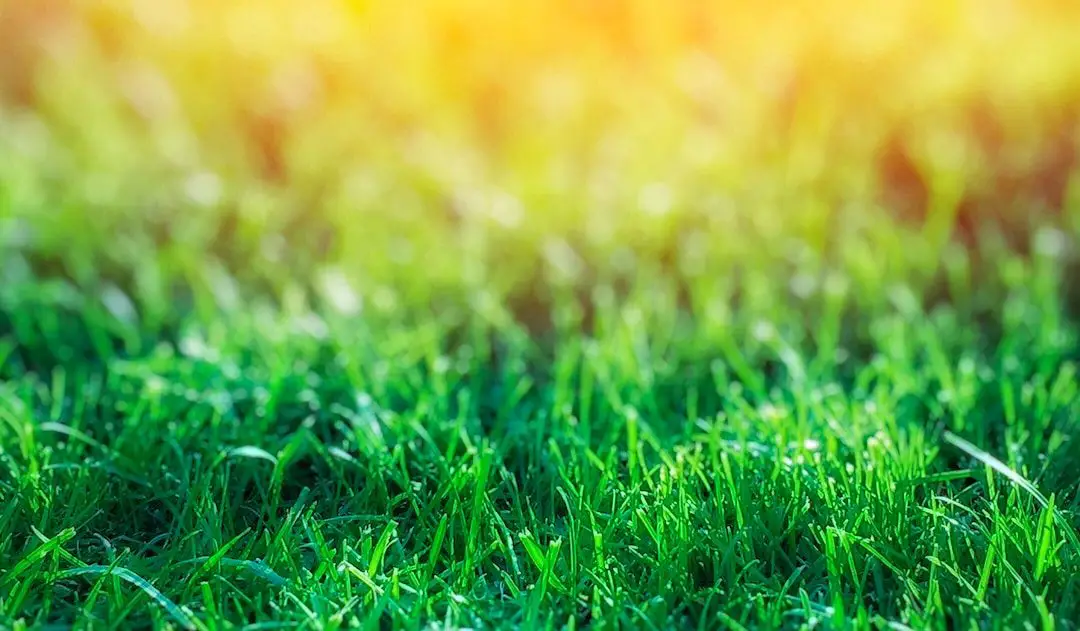What is sodding?
Sodding is a method of transplanting mature grass. The grass is grown to full size, and harvested into rolls that can be laid down on your yard. The grass comes rooted into a layer of soil. The roots quickly recover and extend down, anchoring your grass in place and growing for years to come.
The installation is typically done by a landscape contractor, but an ambitious homeowner can tackle the project for most yards in a weekend or two (just make sure you don’t order your sod until you’re 100% ready to install it).
Sod Pros
- Fast! Generally takes a day or less for a normal residential lawn.
- Your grass gets a head-start, any weeds will have a hard time competing with the thick established turf of the sod.
- Less/no weed control needed for up to two years.
- Sod companies grow a perfect species blend for the climate they operate in, (in Calgary, my city, generally 80% Kentucky Bluegrass, and 20% Fescue of some sort).
- Sod can be used on slopes, where seeds would be washed away with watering.
- Less sensitive to soil PH due to the soil that is part of the sod roll.
- Less soil needs to be brought in.
Sod Cons
- Labour intensive and/or costly
- Can be a challenging project to take on without experience, requiring negotiating, hiring, and working with a contractor.
- Limited selection of species, sod farms usually only have a few options in an area.
- Lower privacy during installation and initial maintenance.
What is lawn seeding?

Lawn seeding is the process of growing a mix of grasses on your yard to create a lawn. It can also be used to thicken a lawn, called overseeding. Overseeding is spreading lawn seeds and sometimes a top dressing (layer of soil or compost) on top of an existing lawn.
Seeding Pros
- Large variety of grass species to choose from.
- Seeding is Inexpensive.
- Simple to DIY
- No need to negotiate with contractors
Seeding Cons
- Weeds can be a problem, they compete with the grass seeds.
- It takes a while for grass seeds to germinate and become established.
- Choosing the wrong grass species for your area can result in a very unhealthy lawn.
- Challenging on slopes, water will wash the seeds away.
- More sensitive to soil PH, proper precautions must be taken.
- More soil needs to be brought to site, depending on what’s available.
- Watering will need to be more frequent and consistent in early weeks.
- Birds and critters are likely to eat your seeds
Is seeding better than sod?
Having gone over the pros and cons of each above: it’s really a judgement call. Is the additional cost of sod worth a shorter wait for an established lawn? Are you happy to work with the grass mixes that your local sod farms have available? Would you budget require you to wait another year to get sod, but you could afford seeding right away?
These are some of the questions you’ll need to answer!
Can you add grass seed to sod?
It will always look best if you rip out dead sod and replace it. But, there are alternatives. First, make sure the sod is dead, and not just dormant. Water it for a week and see if it starts to show signs of life.
When adding seeds, you want to ensure good seed to soil contact. The existing grass on your sod is going to prevent a lot of seeds from making their way down to the soil. You can improve this in a few ways.
Raking the seeds helps move the grass out of the way seeds can fall to the soil. Another option is to rent a seeder. Some seeders insert the seeds down into the soil. They’re often called slit seeders.
As with any seeding, you might need to do multiple applications to get the best results. If you’re patient, seeding can certainly save you some cost and effort, but sod will give the quickest route to a full lawn.
Is sod or seed better with dogs?
Ideally, you’ll need to find somewhere else for your dog to hang out and do its business. Seeding is more vulnerable to foot traffic (human or dog) than sod. Young, freshly seeded grass is tender and easily damaged, especially in early days. Ideally, keep your dog out of the yard for the first 6 weeks after seeding.
Sod is slightly hardier, but it’s still best to keep traffic off of it for the first month. You can tell if sod if established and ready for some traffic by grabbing some grass and giving it a firm tug. It shouldn’t budge.
If you’re seeding only a portion of your yard, fence it off so your dog can’t access it. Another option is to put your dog on a rope or chain temporarily so it’s can’t get over to the new young grass. This works for sod as well.
And remember, you’re going to have to water seed and sod a lot. Especially if it gets hot out, so expect a muddy dog if you let them roam free!
Conclusion
- Depending on your budget and specific needs, either method is viable for establishing a lawn.
- Sod is generally the method of choice because your property is immediately transformed. This is extremely beneficial to curb-appeal, a major factor when trying to sell your home! The quality of a sod-lawn is apparent the very day it’s laid, and in a few short weeks it’s completely ready for use, one less thing to worry about!
- The patient type could opt for seeding instead. With seeds you have the control of choosing exactly what species of grass to work with. If you’re knowledgeable, and have the time to properly care for it, a seeded lawn might be the right choice for you.
- Sod will do better than seed for lawn that will see immediate traffic (if you have a dog for example). But still try to give it at least a few weeks to get established, ideally 4!


I’m Alex Lafreniere. I learned a lot about plants when I built and operated a landscaping company. But, there’s always more to learn. Ever since travelling across the world, I’ve wanted to find ways to bring more tropical and exotic plants into my life. This is the site where I share everything I’ve learned with you.
This site is owned and operated by Plant Hardware, a sole proprietor headquartered in Calgary, Canada. Plant Hardware is a participant in the Amazon Services LLC Associates Program, an affiliate advertising program designed to provide a means for sites to earn advertising fees by advertising and linking to Amazon.com.Plant Hardware may also participate in affiliate programs with Bluehost, Clickbank, CJ, ShareASale, and other sites. Plant Hardware is compensated for referring traffic and business to these companies.


